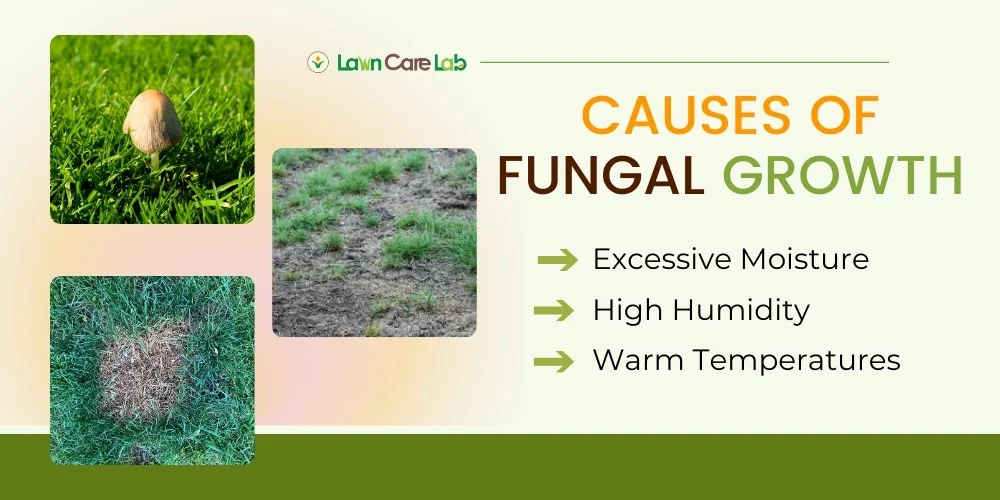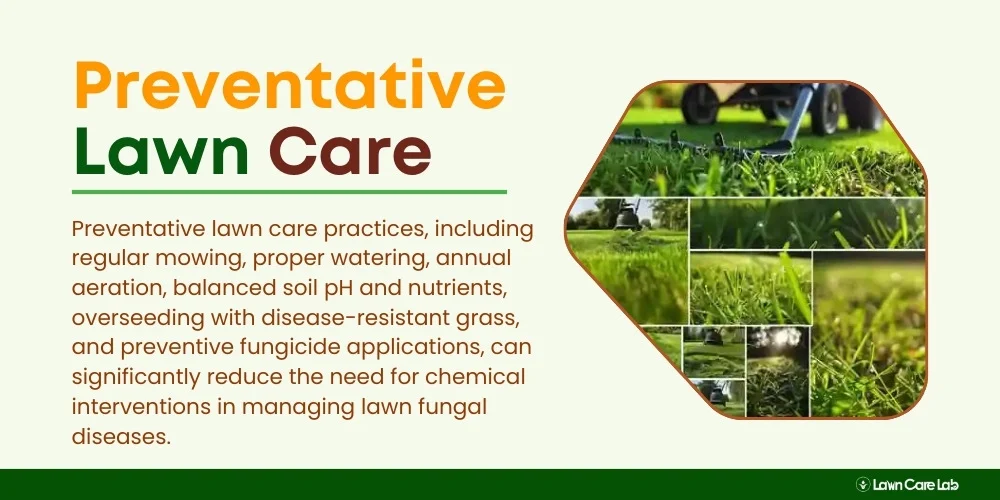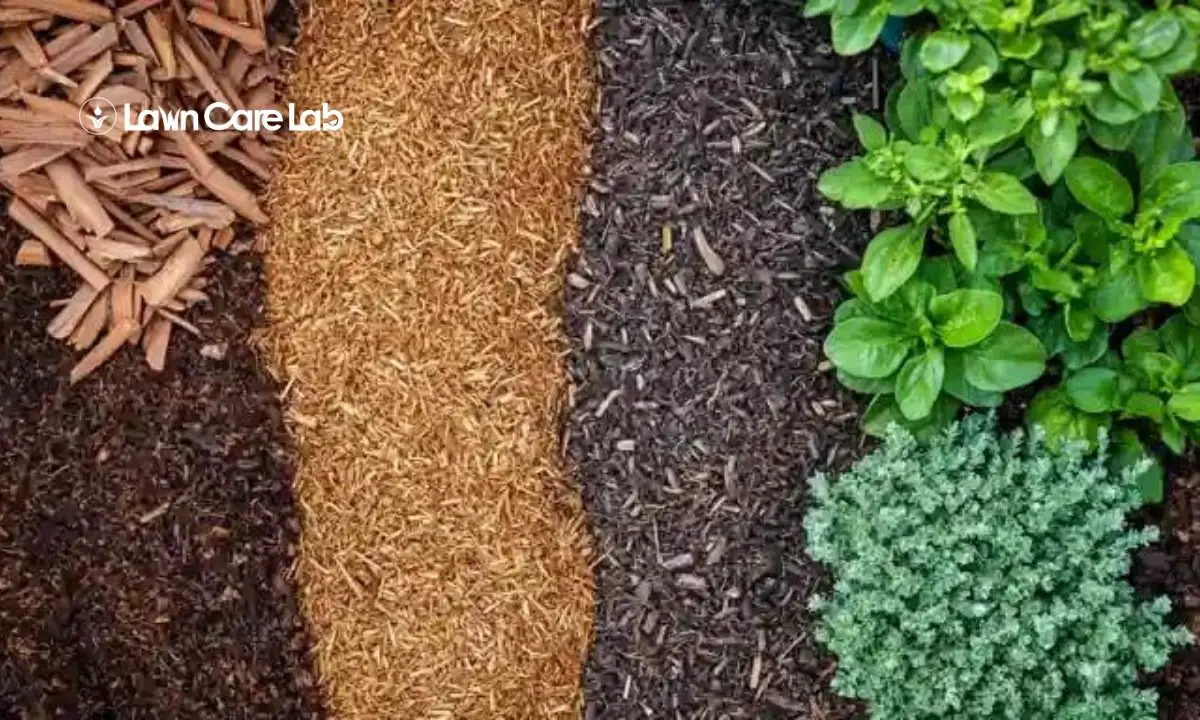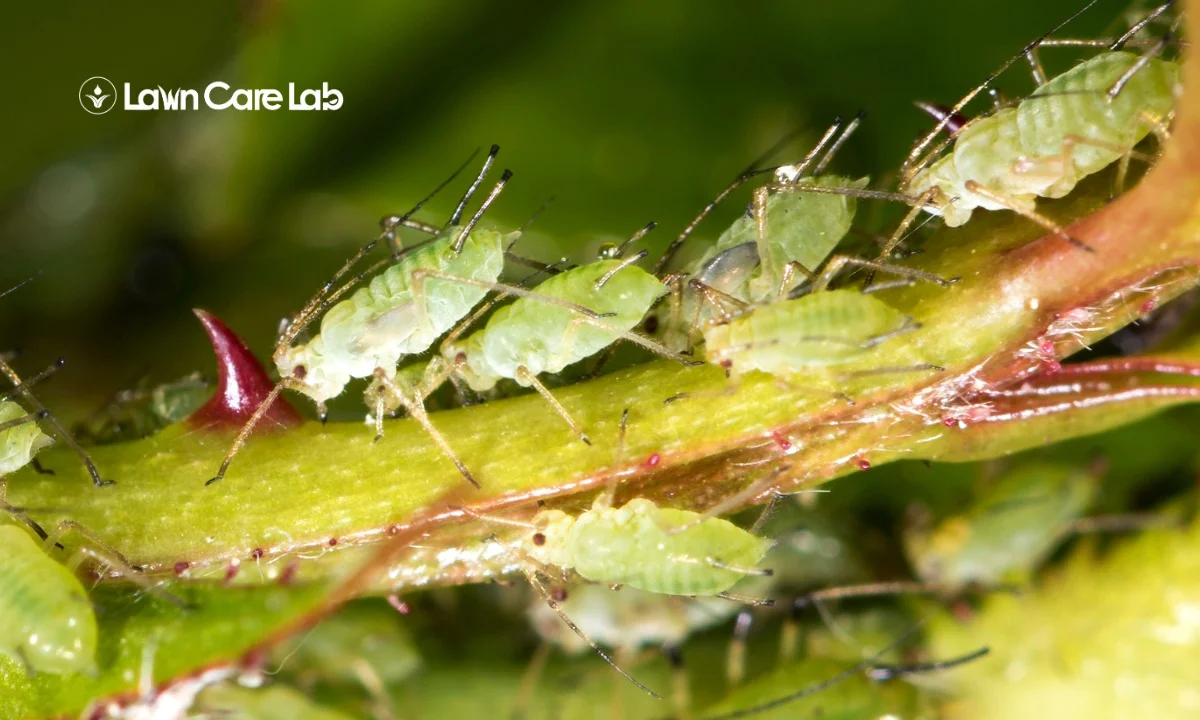Maintaining a lush, green lawn can be a challenging task, often thwarted by the persistent issue of fungal diseases. If you’ve noticed discolored patches or circular dead zones in your grass, it’s essential to investigate and address these problems promptly.
Early identification of lawn fungal diseases is crucial to prevent their spread and protect your garden. From the notorious Brown Patch to the elusive Snow Mold, each type of fungus presents distinct symptoms.
Equipped with the right knowledge and tools, including natural treatments like Neem oil and effective systemic fungicides, you can combat these lawn invaders effectively. However, the key to a fungal-free lawn lies in preventive measures such as regular aeration, deep watering, and consistent maintenance.
Join us on an informative journey into the world of lawn fungus, where you’ll learn how to maintain a pristine and vibrant green sanctuary.
Table of Contents
Identifying Lawn Fungus
To identify lawn fungus, look for discolored or dying grass patches, which often appear in circular or irregular shapes.

Early detection helps prevent the spread of the disease and keeps your lawn healthy.
Common Lawn Diseases
After identifying the signs of lawn fungus, it’s essential to know the common culprits that can turn a lush lawn into a gardener’s nightmare.
Here are some of the most prevalent lawn diseases:
| Disease | Signs | Impact on Lawn |
|---|---|---|
| Brown Patch | Circular brown spots | Widespread damage |
| Dollar Spot | Small, silver dollar spots | Aesthetic annoyance |
| Snow Mold | Powdery substance | Springtime sadness |
Armed with this information, you’re well on your way to identifying and battling these pesky fungi.
Remember, a healthy lawn isn’t just about looking good; it’s about being vigilant and proactive. Time to don your detective hat and keep your grass green and serene!
Causes of Fungal Growth

Understanding the causes of fungal growth in your lawn is key to preventing these unwanted visitors.
Here are the main factors that contribute to the development of grass fungus:
- Excessive Moisture: Overwatering or prolonged wet conditions create an ideal fungi thrive environment.
- High Humidity: Humid conditions provide the moisture fungi need to grow and spread.
- Warm Temperatures: Many fungi prefer warm weather, which accelerates their growth.
Compacted soil and thatch are like a crowded dance floor, giving fungal diseases nowhere else to go but up and out. Mowing your grass too short or over-fertilizing can also invite these fungal pests.
But proper lawn care with adequate aeration and just right watering is like turning on the lights at the night’s end, gently encouraging your uninvited guests to find their way home.
Natural Treatment Options
Natural treatments such as vinegar and baking soda can help manage fungal diseases. These organic fungicides are environmentally friendly and effective.
You might be tickled to learn that your kitchen pantry holds the secret weapons—vinegar and baking soda—poised to battle the fungal foes lurking in your lawn.
Embracing these organic fungicide alternatives shows off your green thumb and your commitment to keeping our planet smiling, one fungus-free grass blade at a time.
Organic Fungicide Alternatives
For those seeking to tackle lawn fungal diseases without harsh chemicals, exploring organic fungicide alternatives such as neem oil, copper fungicides, and potassium bicarbonate offers a gentler yet effective approach.
| Organic Fungicide | Action |
|---|---|
| Neem Oil | Effective against various diseases, can be used preventatively or curatively. |
| Copper Fungicides | Effective against various diseases, it can be used preventatively or curatively. |
| Potassium Bicarbonate | Alters pH on leaf surfaces, making them inhospitable to fungi. |
Treating lawn diseases doesn’t require synthetic chemicals. Instead, it’s an adventure in disrupting cycles and altering environments. Imagine your lawn thanking you for choosing such environmentally friendly yet effective methods!
Lawn Care Best Practices
While organic fungicides set a solid foundation, integrating natural treatment options like vinegar and baking soda further enhances your lawn’s health and resilience against fungal diseases.
- Vinegar: This can help control fungal infections with proper application, though multiple treatments may be needed.
- Baking Soda: This acts as a natural fungicide, altering pH levels to create an inhospitable environment for fungi.
By combining these treatments with regular lawn care best practices, you’ll cultivate a robust, disease-resistant lawn that’ll have your neighbors green with envy.
Chemical Control Methods
To effectively address lawn fungal diseases, you’ll need to consider chemical control methods that involve the application of fungicides designed to target and eliminate the pathogens responsible.
Here’s a fascinating exploration into the world of conquering lawn fungi:
- Fungicides Work Wonders: By causing growth disruption, they’re like the wizards of the plant world, ensuring disease spread prevention.
- Choose Your Champion: Between contact fungicides that stay on the surface of the grass, providing a protective barrier, and systemic fungicides that travel within the plant, offering internal protection. Choosing the right type is crucial for effective disease management.
- Timing Is Key: Proper timing and application are the key elements to fungicide effectiveness. It’s not just about what you use, but when and how.
- Safety First: Always follow label instructions for a safe treatment. Think of it as the guidebook for your garden’s health and safety.
Preventative Lawn Care

While chemical control methods like fungicides are important in managing lawn fungal diseases, adopting preventative lawn care practices can greatly reduce the need for such interventions.
Here are some key practices:
Regular Mowing and Proper Watering: Regular mowing and appropriate watering are fundamental to ensuring your lawn is always at its peak health.
Annual Aeration: Aerating your lawn annually helps combat soil compaction and enhances the lawn’s ability to fight off fungal infections by improving airflow and nutrient uptake.
Balanced Soil pH and Nutrient Management: Maintaining a balanced soil pH and addressing nutrient deficiencies is essential for a resilient lawn, much like a well-balanced diet is essential for overall health.
Overseeding and Preventive Fungicide Applications: Overseeding with disease-resistant grass varieties and applying preventive fungicides during high-risk periods act as secret weapons, keeping your lawn healthy and robust against fungal foes.
When to Call Professionals
Is your lawn starting to resemble a spooky forest rather than the lush green carpet you’re proud of? It might be time to call in the cavalry. Lawn care professionals come armed with extensive knowledge and tools to diagnose and treat whatever is turning your turf into a horror show.
Recognizing Severe Infestations
Identifying when your lawn’s fungal infection has reached a severe stage is crucial. Here’s a quick guide to help you spot the signs:
- DIY Methods Fail: Despite your best efforts, the disease spreads rapidly.
- Eerie Patches Appear: Your lawn starts looking like a horror movie set.
- Fungus Identification Issues: You can’t accurately identify the fungus.
- Worrying About Damage: The thought of further damage keeps you awake at night.
When these scenarios become your reality, it’s time to call in the professionals for targeted treatment and optimal restoration.
Expert Treatment Options
If your lawn’s battle against fungus feels like a losing game despite your best DIY efforts, it’s time to call in the professionals. Lawn care services are experts in diagnosing and treating severe fungal infections. They provide:
- Accurate Diagnosis: Identification of the specific fungal disease troubling your lawn.
- Targeted Treatment Plans: Crafting treatment based on the type of fungus.
- Long-term Management Strategies: Ensuring your lawn stays healthy in the future.
Professional Assessment Benefits
Contacting professionals guarantee you an accurate diagnosis and an effective treatment plan.
Here’s why:
- Accurate Disease Identification: Professionals have the expertise to diagnose tricky fungal diseases.
- Appropriate Treatment Methods: They know the best treatments to restore your lawn.
- Disease Spread Prevention: Experts work to contain and eliminate the disease.
- Peace of Mind: Rest easy knowing your lawn is in capable hands, allowing you to enjoy your lush, green oasis again.
By calling in lawn care professionals, you ensure your lawn receives the best possible care, leading to a healthier and more vibrant outdoor space.
Maintaining a Healthy Lawn
Maintaining a healthy lawn involves more than just mowing—it’s about nurturing a living masterpiece.
Here are key practices to keep your lawn in top shape:
| Proper Lawn Care Practice | Description |
|---|---|
| Proper Mowing Techniques | Keep grass blades at the ideal length; think of mowing as sculpting a work of art. |
| Adequate Watering | Water deeply rather than shallowly to encourage strong root growth and consistent hydration. |
| Regular Aeration | Aerate your lawn to allow air, water, and nutrients to reach the roots, promoting healthy growth. |
| Lawn Hygiene | Keep your lawn free of debris and fallen leaves to prevent fungal growth and pests. |
| Fungus Treatments | Apply appropriate treatments to prevent and control fungal infections; consult professionals for severe infestations. |
| Emotional Impact | Proper lawn care brings peace of mind and fresh inspiration from a well-maintained lawn. |
Conclusion
Tackling lawn fungal diseases is like defending your green kingdom. Armed with the knowledge to identify and treat fungi, you can maintain a healthy, beautiful lawn. Success lies in diligent care and prevention.
If the task becomes overwhelming, call in professionals with the expertise to restore your lawn. Here’s to a thriving, green oasis that’s the envy of your neighborhood.
May your lawn always remain green and serene!
- How to Create a Lawn Care Schedule for Southern Climates - October 30, 2024
- How to Use Compost Tea to Boost Lawn Growth and Soil Health - October 23, 2024
- The Best Grasses for Saltwater-Exposed Lawns: Coastal Lawn Care - October 17, 2024



